The Milky Way has a big newfound black hole, and it lurks close to Earth! This sleeping giant was discovered with the European space telescope Gaia,
The Milky Way has a big newfound black hole, and it lurks close to Earth! This sleeping giant was discovered with the European space telescope Gaia, which tracks the motion of billions of stars in our galaxy, reported Space.com.
Stellar-mass black holes are created when a large star runs out of fuel and collapses. The new discovery is a landmark, representing the first time that a big black hole with such an origin has been found close to Earth.

The stellar-mass black hole, designated Gaia-BH3, is 33 times more massive than our sun. The previous most massive black hole of this class found in the Milky Way was a black hole in an X-ray binary in the Cygnus constellation (Cyg X-1), with a mass estimated to be around 20 times that of the sun. The average stellar-mass black hole in the Milky Way is about 10 times heftier than the sun, reported Space.com.
Gaia-BH3 is located just 2,000 light years from Earth, making it the second-clo, reported Space.comsest black hole to our planet ever discovered. The closest black hole to Earth is Gaia-BH1 (also discovered by Gaia), which is 1,560 light-years away. Gaia-BH1 has a mass around 9.6 times that of the sun, making it considerably smaller than this newly discovered black hole.
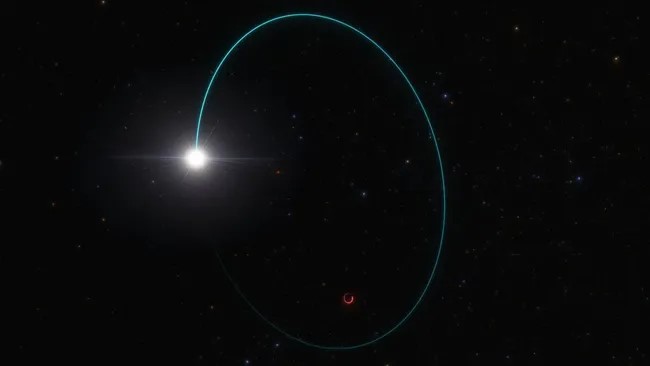
“Finding Gaia BH3 is like the moment in the film ‘The Matrix’ where Neo starts to ‘see’ the matrix,” George Seabroke, a scientist at Mullard Space Science Laboratory at University College London and a member of Gaia’s Black Hole Task Force, said in a statement sent to Space.com. “In our case, ‘the matrix’ is our galaxy’s population of dormant stellar black holes, which were hidden from us before Gaia detected them”, reported Space.com.
Seabroke added that Gaia BH3 is an important clue to this population, because it is the most massive stellar black hole found in our galaxy.
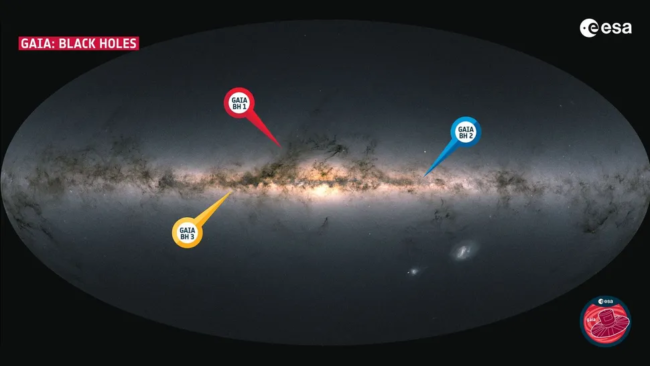
Of course, Gaia-BH3 is a small fry compared to the supermassive black hole that dominates the heart of the Milky Way, Sagittarius A* (Sgr A*), which has a mass 4.2 million times that of the sun. Supermassive black holes like Sgr A* aren’t created by the deaths of massive stars but rather by mergers of progressively larger and larger black holes, reported Space.com.
All black holes are marked by an outer boundary called an event horizon, at which point the black hole’s escape velocity exceeds the speed of light. That means an event horizon is a one-way light-trapping surface beyond which no information can escape.
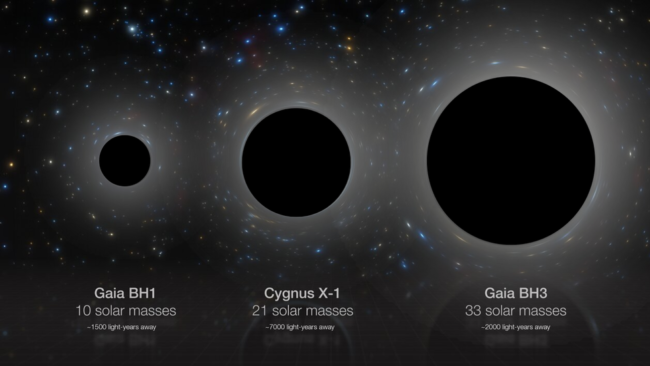
As a result, black holes don’t emit or reflect light, meaning they can only be “seen” when they are surrounded by material that they gradually feed on. Sometimes, this means a black hole in a binary system pulling material from a companion star, which forms a disk of gas and dust around it, reported Space.com.
The tremendous gravitational influence of black holes generates intense tidal forces in this surrounding matter, causing it to glow brightly with material that is destroyed and consumed, also emitting X-rays. Additionally, the material the black hole doesn’t feast on can be channeled to its poles and blasted out as near-light speed jets, which are accompanied by the emission of light.
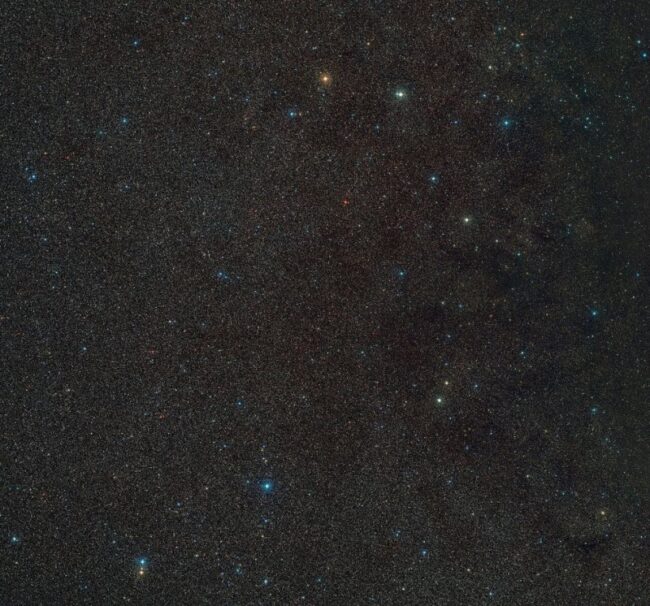
All of these light emissions can allow astronomers to spot black holes. The question is, how can “dormant” black holes that aren’t feeding on gas and dust around them be detected? For instance, what if a stellar-mass black hole has a companion star, but the two are too widely separated for the black hole to snatch stellar matter from its binary partner?
In cases like this, the black hole and its companion star orbit a point that represents the system’s center of mass. This is also the case when a star is orbited by a light companion, such as another star or even a planet, reported Space.com.

Orbiting the center of mass results in a wobble in the motion of the star, which is visible to astronomers. Because Gaia is adept at precisely measuring the motion of stars, it is the ideal instrument to see this wobble.
Gaia’s Black Hole Task Force set about looking for odd wobbles that couldn’t be accounted for by the presence of another star or a planet and that indicated a heavier companion, possibly a black hole, as reported by Space.com.


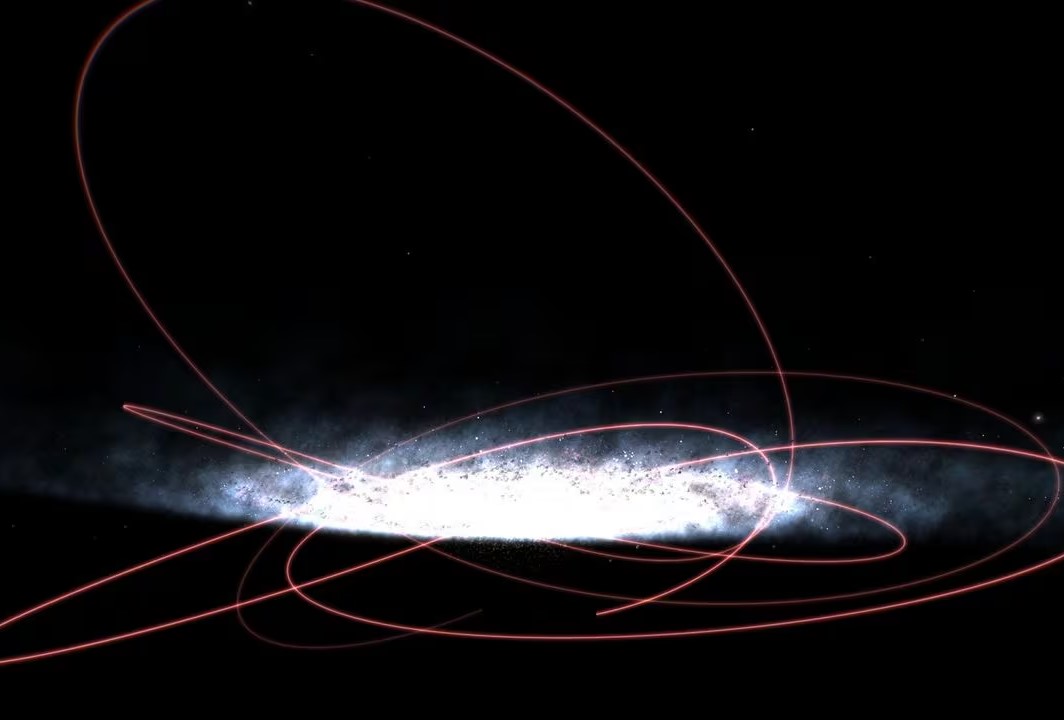
COMMENTS